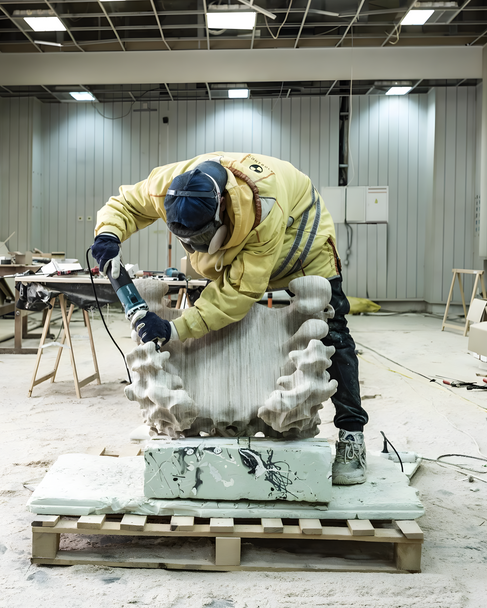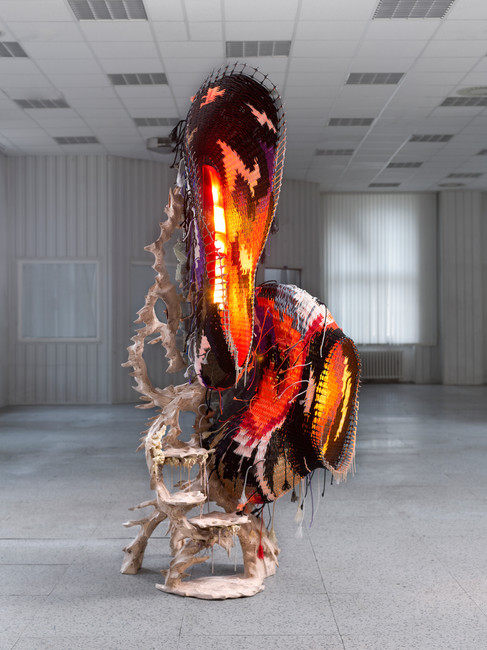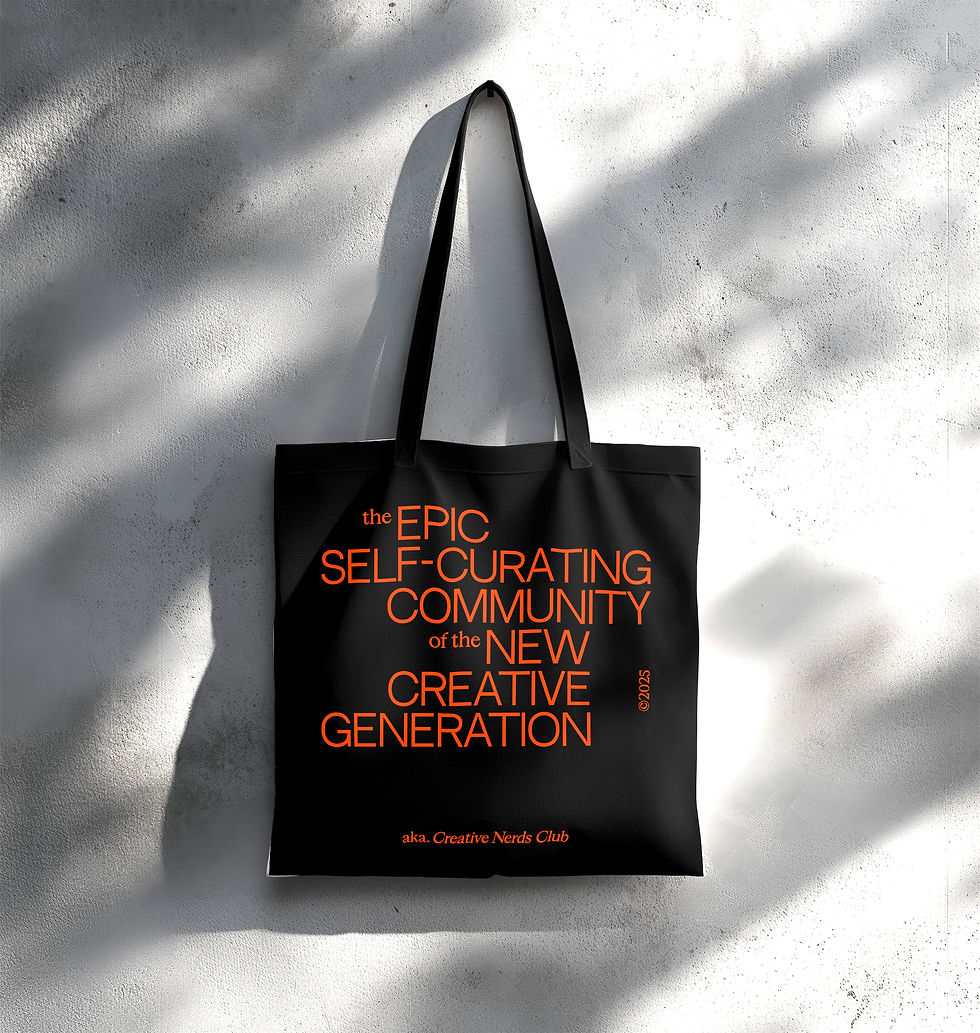DIALOGUE: Tadeas Podracky | Experimental Designer
- Onur Çoban

- Jun 23, 2023
- 4 min read

We discussed his work and production practice with experimental designer Tadeas Podracky, who proposed a new methodology, a reformulated design approach based on exploring expression, subversion, and emphasizing individuality through material research, questioning craft heritage, and hands-on solid production.
Who is Tadeas Podracky? Can you briefly tell us about yourself?

My practice is based in object-making, especially in a hands-on approach. I like to work directly with materials forms and experiment during the design process. I am interested in investigating the relationship of an object to a man and using crafts processes to question and explore the different aspects of the projects. It is an exploration by making where I often break down the barriers between my imaginary scenarios and the real world. Lately, I have been working in the direction that started with the collection "The metamorphosis." This collection aims to challenge the stereotypes in our immediate environment and to strengthen a person's emotional bond to an object through materiality and expressiveness.
In the design world, we encounter clichés and prejudices that define what 'good' design is. However, you take a stance to break down these definitions and focus on the emerging differences and uniqueness. What do you think are the limits of these definitions, and why is it important to push these limits?
I think it is always important to question established customs. When something is too fixed, we stop paying attention, and it can easily happen that we begin to stagnate. The constant questioning makes us more vigilant. I am also interested in the individual's view and opinion; when something is marked with the word "good", it is often a compromise on which as many people as possible agree. I like to create things that touch an individual.
Your works seem to blur the line between design and art. Where do you see your works positioned?
I am using both design and art tools to research and express myself, and sometimes I move more in the field of art and other times more in design. The most important thing is the work's expression and the critical potential the work is aiming for. The fact that I am interested in everyday items arises from the conviction that design as a field is closest to man and can thus influence us the most. It is, therefore, the most natural medium for me. As a whole, I am interested in the human environment and our relationship with the object and my goal is to explore those topics freely without any boundaries.
When choosing materials in your design process, what inspires you the most? What factors lead you to explore different materials, and how do you select the materials you use in your projects?
Mostly the materials are derived from the process of the project I'm currently working on. Usually, I simultaneously work on a few projects and constantly experiment with new materials. That helps me with project development so when I am planning a new one, I can already think of materials I will work with. Even though the process always brings surprises, you often need to find a creative new way of work.
"The project never starts only from the material. Instead, the material is a tool that communicates the concept behind a specific concept. I think it is vital to use the material according to its character and enhance the impact of the object."
Your "Metamorphosis" collection, which consists of a series of functional art objects, was very popular. We would like to hear the story of this collection from you.
The Metamorphosis is a collection of objects that seek to enhance the emotional bond to our surrounding environment. Through the questioning construction methods, emphasizing the authenticity, and revaluing material's ability to reveal characters, I proposed a new methodology of making - a reformulated approach to Design based on emotional decisions, unpredictability, and expression.
I started to work on this collection during the first Coronavirus outbreak, I spent weeks in quarantine in my Prague studio. I didn't have access to materials, but I turned this handicap into a research opportunity and started to work only with materials I could find around or were easy to access, such as wood, textiles, trash as for example, car parts, old ceramic pieces or broken glass sheets. I realized that these materials have certain authenticity of scarcity, so I began reevaluating how we are approaching materiality and hand-making.

I realized that the environment we live in has a significant influence on our lives. I aimed to work with materials with some certain worn-out esthetic quality, so even the materiality is already authentic, and by the form and function of the objects wanted to break down our notion of esthetics and beauty. It can further influence our acceptance of the things or materials that don't aim for perfection, and we can be more open to new possibilities.
Can you tell us a bit about your production process? Which of the analog and digital techniques are you closer to?
I consciously work with the involvement of physical work and researching the connection between my body and the object in the process. The link isn't necessarily only physical, I use the physical work as a medium of research that help me to formulate the topic based on the emotional state I am in during the work as a reaction to the outside world.
What do you do for inspiration? Who are the names you follow with curiosity in this field or from different disciplines?
The largest inspiration source is in daily continuous work in the studio. This ensures the constant development of my work. I can only do with everyday contact with the material, where I experiment with techniques, material but also form and content. The big part of the inspiration is also reading, where I can fully work with my imagination.
Are you excited for the future? What are your plans?
I am currently working on an exhibition in Prague. I had a need to do a more intimate personal project, It will be also my first exhibition on the home scene. I'm keeping my eyes on it all summer and I'm looking forward to creating a completely unique concept. In the fall, I will start to lead a studio at the Academy of Art Architecture and Design in Prague as the head of the department, so next to my artwork and pipeline of exhibitions, I will partially dedicate myself to helping new talents and developing the creative scene and contemporary understanding of design in Prague.













































